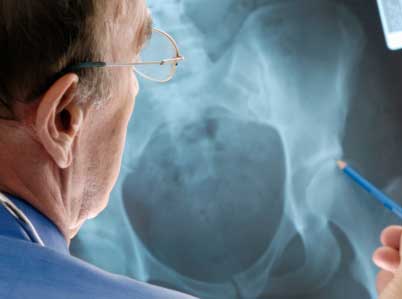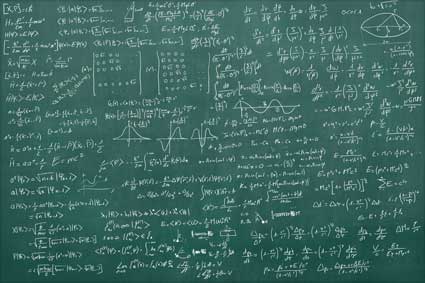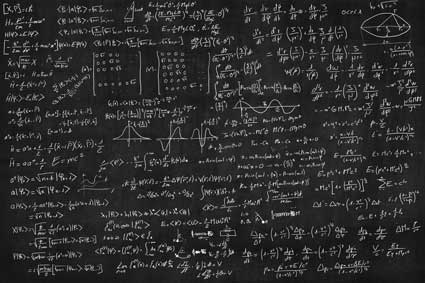A. Electrical Current. Definition
Note: Sometimes the word current, minus the word electrical is used on its own, to indicate the rate at which electricity is flowing.
In microscopic terms, the definition specifies that current is the flow of charged particles which, as discrete entities, are unable to be counted.
In less abstract terms, to determine a current's rate, you can use the average amount of current as opposed to the specified figure.
B. Electric Current's Unit of Measurement. The Ampere
The unit for measuring electric current is the ampère [A], named for the French scientist André-Marie Ampère (1775-1836). In written languages that do not use accented letters (as English), it is customary to write the unit as ampere and, in notation formats, to shorten the word to amp.
Note: It is not necessary to use a capital "A" for the word Ampère refers to a physicist and the word ampère (or ampere or amp) refers to a unit.
As a charge is measured in coulombs and time in seconds, an ampere is the same as a coulomb:
per second: A/s = C/s or [ A = C ] / s
Bear in mind, this is an algebraic relation as opposed to a definition. In the International System, the ampere is a fundamental unit from which subsequent units are derived. As a rule, all fundamental units are defined by experiment. Where the ampere is concerned, the experiment must be electromagnetic in nature.
newton per meter of length.
Essentially this means the coulomb is defined as the amount of charge which passes through a surface at the same time as a current of one ampere flows for one second.
[C = A X s]
C. Vector versus Scalar Quantity
Rather than being a vector quantity (quantity defined by both magnitude and direction) as many people tend to believe, current is actually a scalar quantity (dot produced by two vectors). In sync with this concept, the ratio of current to the area of a given surface is known as the current density, J.
The formula is as follows:
J = I / A
The unit of current density is the ampere per square meter.
Despite being the ratio of two scalar quantities, current density is a vector. This is because current density is defined as the product of a charge density and velocity regardless of its positioning in space.
J = v
Note: Because a current can be derived from a moving charge, it is also known as a "derived unit."
D. Types of Currents
1. Alternating Current (AC)
Essentially, alternating current is a type of electrical current in which the directional flow of electrons switches back and forth in a continual, repetitive pattern. Common examples of alternating current are power lines and normal household electricity delivered from a centralized wall unit.
The standard American current used is 60 cycles per second (a frequency of 60 Hz); in Europe and most other parts of the world it is 50 cycles per second (a frequency of 50 Hz.). This means the direction of the current changes sixty times every second in the U.S. and 50 times per second in all other parts of the world.
Produced by generators in power plants, among other available sources, AC current is delivered to our homes and communities through the highly visible power lines that lace our modern day world.
2. Direct Current (DC)
Note: Formerly the term "Galvanic Current" was used for direct current.
Direct currents differ from alternating currents (AC) because DC electrical charges flow in the same direction, instead of in opposite directions.
Though direct currents typically occur in a conductor, for example, a wire, they can also develop through semiconductors or insulators. In addition, they can form in a vacuum as electrons or ion beams.
Although DC stands for Direct Current, at times, DC also refers to Constant Polarity. Based upon this definition, DC voltages have the ability to vary over time, like the fluctuating (strong to weak) voice signal on a telephone line.
Though DC is commonly found in low-voltage applications (such as devices powered by batteries) high voltage direct current is occasionally used for long-distance point-to-point power transmission and for submarine cables, with voltages from a few kilovolts upwards to one megavolt.
Most telephones connect to a twisted pair of wires composed of both AC and DC components. The AC component contains the audio signal while the DC component is responsible for powering the phone.
Alternating Current versus Direct Current
The direct current method has been around since Ben Franklin discovered it in the 1700s and Thomas Edison developed the first commercial electric power transmission in the late nineteenth century.
Yet, despite the DC longevity, alternating current has proved to be a much more convenient method for distributing and transmitting electric power. For this reason, the major percentage of all modern-day electrical consumption occurs through the use of alternating current.



























